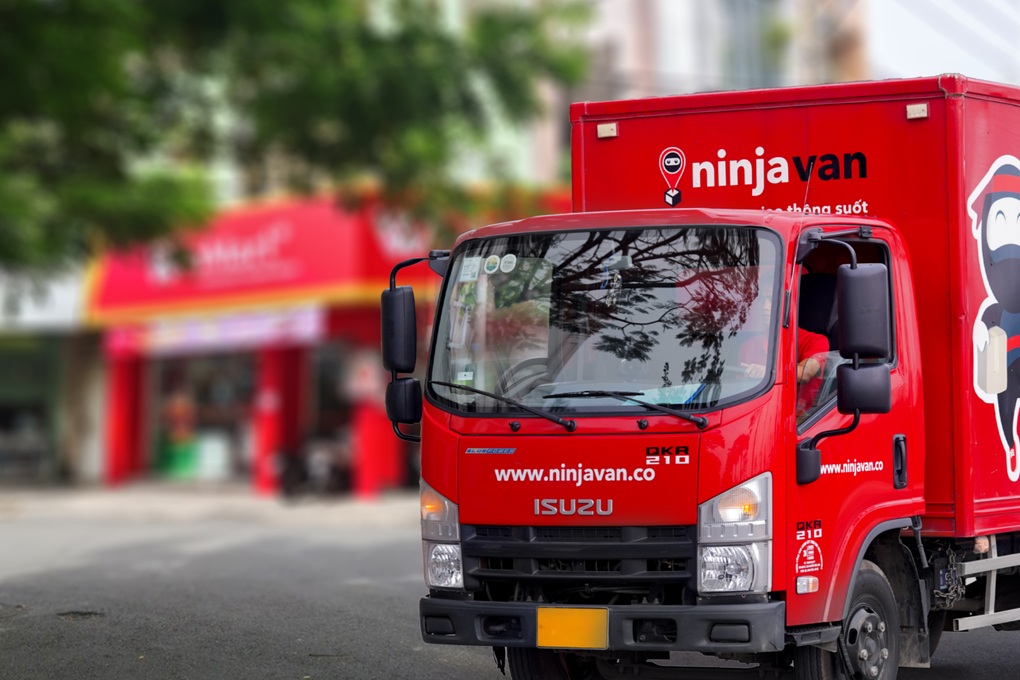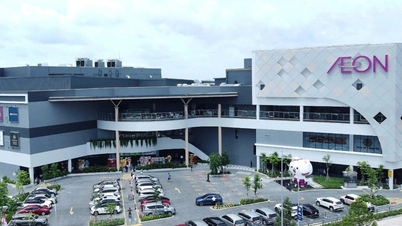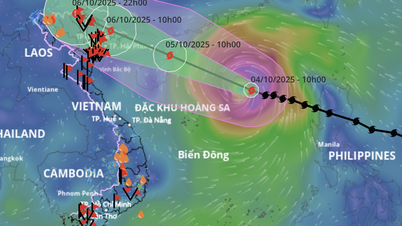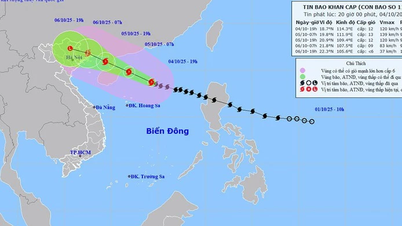This reality relates to how brands approach data and organize their merchandising systems. When data is only collected at the regional level, where points of sale are aggregated into a consolidated report, brands miss the key differences between seemingly similar points of sale.
Regional marketing, losing profit at the point of sale
For years, retail chains have relied on a fixed-route model, with multiple layers of intermediaries. Goods travel from the center to the region, to the cluster of points of sale, and then to the store. This structure has resulted in fast and slow points of sale being lumped together in provincial or route reports. But the difference between two stores is not geographical, but rather in consumption rhythm, customer base and context - factors that are not included in the regional summary.
Without micro data, brands are forced to allocate budgets, inventory, and strategies based on averages. As a result, fast-selling outlets sell out mid-week, while slow-selling outlets have excess inventory and slow cash turnover.

Regional marketing, lost profits at the point of sale (Photo: Shutterstock).
A McKinsey study found that 50-70% of the variation in performance between stores comes not from geographic location, but from inventory management, promotional policies, and the speed of responding to real-time data on the ground. This means that the outdated warehousing model with its regional (province/district) perspective and fixed schedules is limiting the profitability of each point of sale.
Merchandising becomes strategic: Point of sale optimization is the key to growth
Growth is no longer about adding more budgets or expanding warehouses, but about restructuring data and connecting more deeply with operations. Each store needs to be measured and responsive to its unique consumption rhythms, inventory cycles, and shopping behaviors.
To do that, the logistics system must be flexible enough to operate at the micro level. No longer “delivery by route”, “delivery by day”, the new model must prioritize “delivery according to real demand”. At the same time, data needs to be recorded in detail for each delivery, each product, each point of sale. This will help businesses see the real movement of the product line instead of just relying on regional averages.
According to Forrester, retailers that use microdata at the point of sale can grow revenue by up to 20% compared to those that don’t. But to do this, the fulfillment system must be able to cut out layers of intermediaries, speed up delivery, and reach the point of sale on demand rather than on a fixed schedule.
At the same time, inventory data needs to be visible by delivery, by item, by store, to help CEOs see the true flow of goods, rather than a picture smoothed by averages.
In Vietnam, a number of new fulfillment models have begun to meet this need. Ninja B2B Stock Replenishment Solutions, designed by Ninja Van, is one example.
This model is based on e-commerce infrastructure, allowing for deliveries from 5kg, with flexible frequency of 3-5 times/week, instead of waiting for large orders to be collected. Not only delivering quickly, Ninja B2B Stock Replenishment also provides data to each point of sale, helping businesses track performance on each shelf and make realistic decisions.

When delivery becomes a strategy: Optimizing new points of sale is the key to sustainable growth (Photo: Ninja Van Vietnam).
Mr. Phan Xuan Dung - Chairman of Ninja Van Vietnam, emphasized: "Data should not stop at the region, but need to "touch" each point of sale. Only when you see where the goods are, and why they are not rotating, can businesses unlock their own growth potential."
With the philosophy of “One order, thousands of shelves full”, the Ninja B2B Stock Replenishment Solutions model is not simply a way of organizing logistics, but a new way of thinking in supply chain management. Retail businesses should see logistics not only as an operation, but also as a growth lever, starting from each point of sale. This is also the time when they need flexible supply partners who understand the market and are ready to accompany the speed of the times.
According to Ninja Van Vietnam representative, there are 3 outstanding benefits for retail businesses when applying Ninja B2B Stock Replenishment Solutions model.
Streamline operations, reduce intermediary costs: Instead of having to work with 3-4 distribution partners, businesses only need to coordinate with Ninja Van, thanks to the e-commerce operating ecosystem with more than 550 trucks and 5,000 drivers nationwide.
Increase market response speed: With the ability to deliver goods from kg and a frequency of 3-5 times/week or daily, the model helps the point of sale always receive goods on time, shortening the average time by up to 12 hours compared to traditional delivery.
Optimize inventory, maximize sales: The data system tracks each delivery to each store, helping businesses evaluate the performance of each point of sale, accurately forecast actual demand and make appropriate allocation decisions.
Details at: https://www.ninjavan.co/vi-vn/services/b2b-restock
Source: https://dantri.com.vn/kinh-doanh/tiep-hang-moi-theo-nhu-cau-diem-ban-buoc-ngoat-trong-nganh-ban-le-20250531145847546.htm



![[Photo] General Secretary To Lam attends the 8th Congress of the Central Public Security Party Committee](https://vphoto.vietnam.vn/thumb/1200x675/vietnam/resource/IMAGE/2025/10/4/79fadf490f674dc483794f2d955f6045)
![[Photo] Bustling Mid-Autumn Festival at the Museum of Ethnology](https://vphoto.vietnam.vn/thumb/1200x675/vietnam/resource/IMAGE/2025/10/4/da8d5927734d4ca58e3eced14bc435a3)


![[Photo] Solemn opening of the 8th Congress of the Central Public Security Party Committee, term 2025-2030](https://vphoto.vietnam.vn/thumb/1200x675/vietnam/resource/IMAGE/2025/10/4/f3b00fb779f44979809441a4dac5c7df)










































![[VIDEO] Summary of Petrovietnam's 50th Anniversary Ceremony](https://vphoto.vietnam.vn/thumb/402x226/vietnam/resource/IMAGE/2025/10/4/abe133bdb8114793a16d4fe3e5bd0f12)

![[VIDEO] GENERAL SECRETARY TO LAM AWARDS PETROVIETNAM 8 GOLDEN WORDS: "PIONEER - EXCELLENT - SUSTAINABLE - GLOBAL"](https://vphoto.vietnam.vn/thumb/402x226/vietnam/resource/IMAGE/2025/7/23/c2fdb48863e846cfa9fb8e6ea9cf44e7)

































Comment (0)